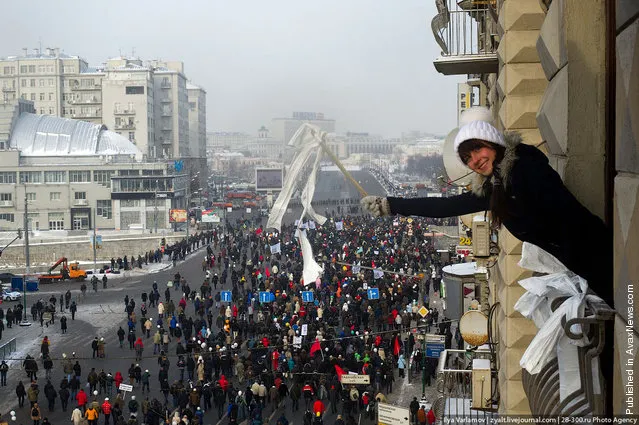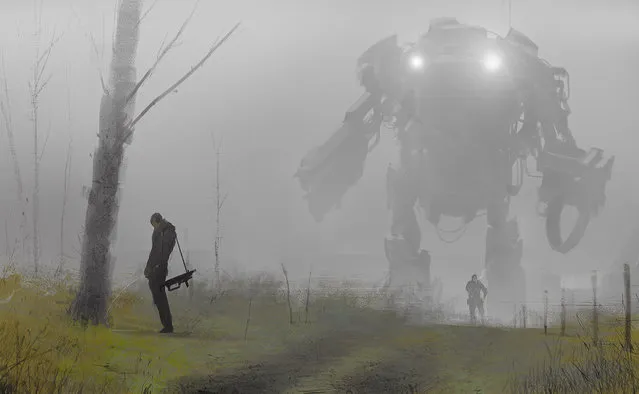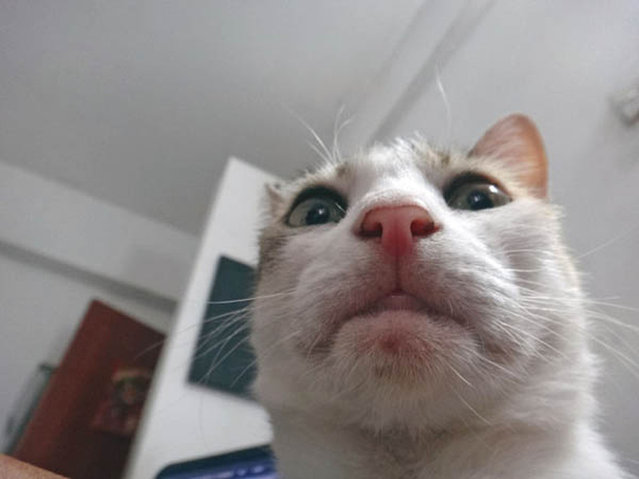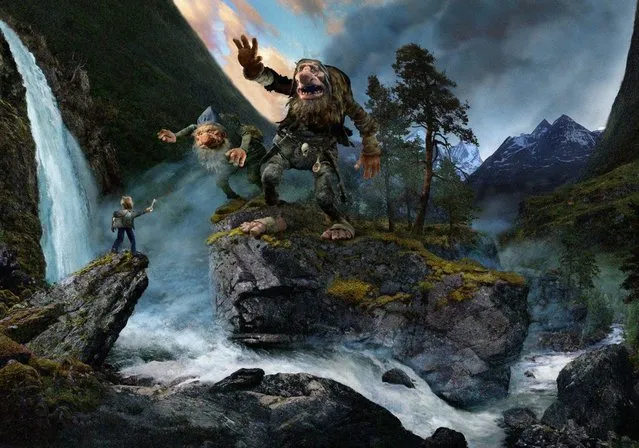
Russian oppostion activists take part in a rally and march to Bolotnaya Square on February 4, 2012 in Moscow, Russia. Demonstrators braved temperatures as low as -20 degrees celsius as they took to the streets exactly one month before the presidential elections in protest against Vladimir Putin's efforts to return to the Kremlin for an unprecedented third term as President. (Photo by: Ilya Varlamov; Source: LiveJournal)
05 Feb 2012 13:07:00,post received
0 comments







